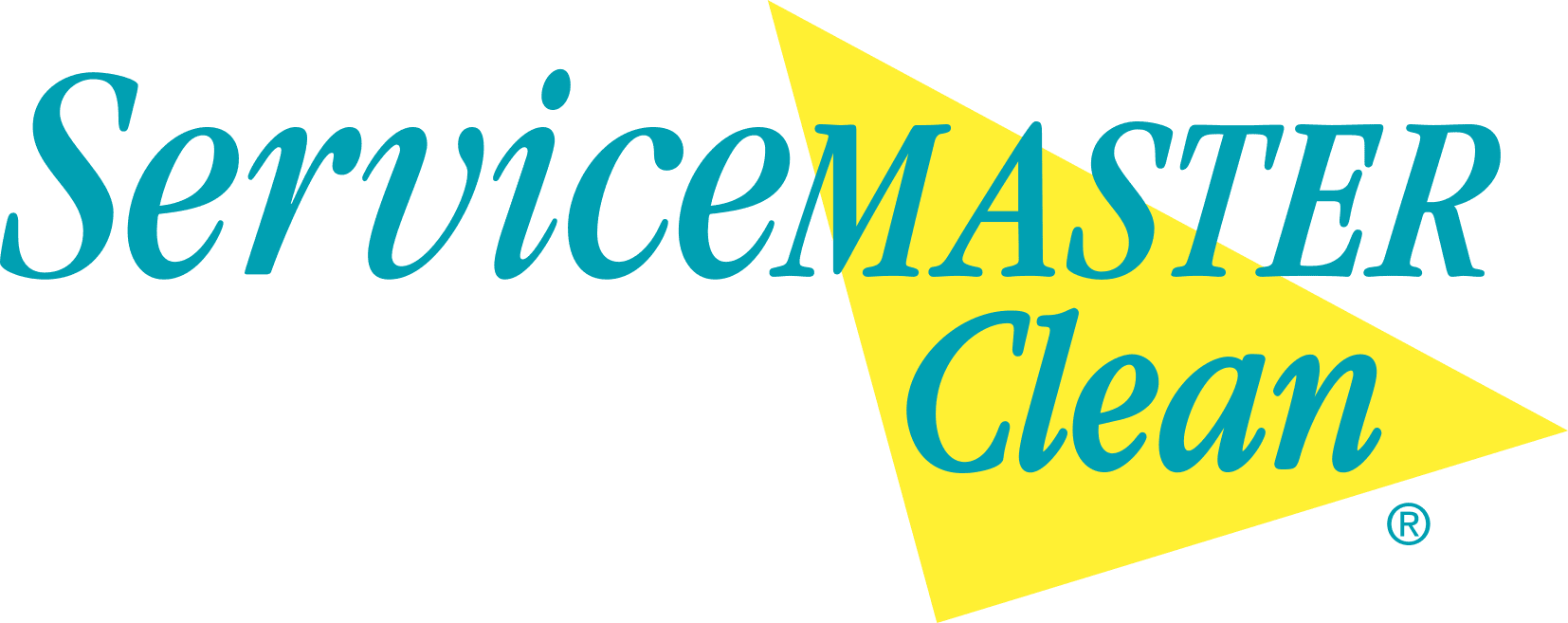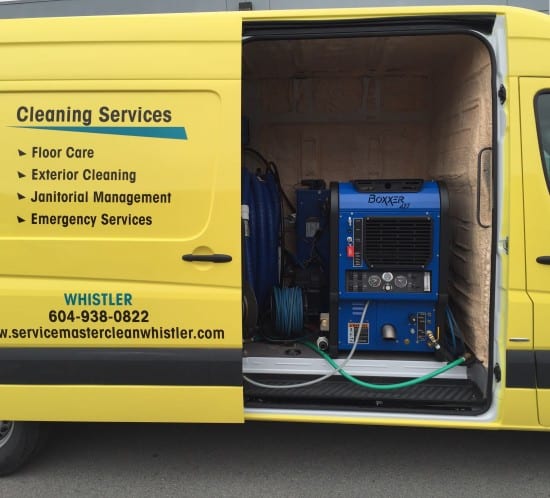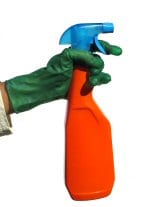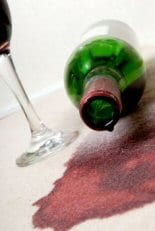Your Common Area Floors – A Game Plan To Maintain
Frequently we get asked what is the difference between the different carpet cleaning approaches, and what’s the point. 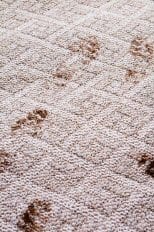 So we’ve written up a quick description.
So we’ve written up a quick description.
By implementing a routine carpet maintenance program, you can preserve and maintain your carpets life for a much longer time. They are also critical for maintaining a carpet’s warrantee. Failure to maintain a proper cleaning schedule will result in a strata undertaking a costly replacement of a carpet more frequently. That could mean 15$ a square foot every ten to fifteen years, compared to the average cost of a carpet cleaning program it’s between $1,800.00 and $2,300.00 annually.
The key issue is dirt and other small particulates. They act like microscopic sandpaper that abrades fibers and deteriorates their appearance. Removing them regularly reduces the wear and tear on the floor. There are two approaches. The first is daily vacuuming, which is the most critical approach to keeping a carpet healthy: the less time particulates remain on the carpet, the less damage they can do. That is the focus of a janitorial program. Regular interim cleaning using a deep pile cleaner like a whittaker or a dry extraction to remove contaminants that normal vacuuming cannot remove on their own.
These three approaches can greatly reduce the need for a full restorative clean. That’s where a carpet’s appearance has deteriorated to the point where an extensive cleaning is required to bring it back to an acceptable state. Restorative cleans, are typically not able to return a carpet to its original state. However a regular maintenance program can greatly increase the interval of time between such cleanings, which will result in the carpet retaining its appearance for a much long time. This is why getting your floors onto a program that is carefully planned and on schedule is essential for its long-term health.
An effective maintenance program consists of five key elements:
- Preventative Maintenance – basically a way to contain soil and other contaminants before they reach carpets. The primary approach here is mats at entrances and high traffic areas, which trap them before the spread to vulnerable areas. IT can also include other treatments like surface coatings on hard surface floors.
- Vacuuming – daily cleaning is the primary approach to keeping your carpets healthy. It removes most of the deposited particulate matter on floors, which prevents damage.
- Spot mark removal – These are typically unique events with unique chemistry. Many need a response within 48 hours otherwise they will leave a permanent stain.
- Interim Cleaning – This can include deep carpet pile cleaning, or a extraction clean. These can be accomplished every few months.
- Restorative Cleaning – this usually entails a deep hot water extraction that removes deeply trapped soils and normally insoluble materials.
